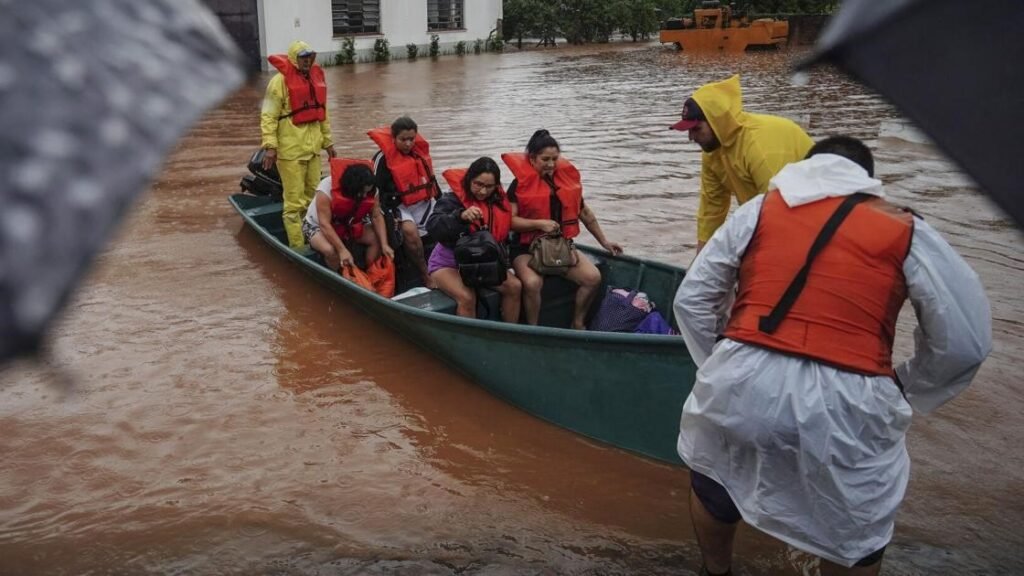The authorities in Rio Grande do Sul, a state in southern Brazil, are currently facing the most catastrophic disaster in its history, caused by torrential rains and mudslides.

The number of fatalities has sadly increased to 37, while 74 people are currently unaccounted for, according to the state’s civil defence agency. The flooding has exceeded that of the historic 1941 deluge, with water levels reaching record highs in certain cities.
More than 23,000 individuals have been displaced from their homes, encountering obstacles in communicating with their relatives due to disruptions in services. Helicopters have been mobilized to rescue families stranded on rooftops awaiting assistance.
President Luiz Inacio Lula da Silva has vowed to offer complete backing to the affected region, assuring an abundance of human and material resources to alleviate the distress caused by the extreme weather conditions. Operators have noted widespread outages in electricity, communications, and water supply throughout the state.
Emergency responders are currently engaged in rescue operations, racing against time to locate survivors who may be trapped amidst the debris of collapsed homes, bridges, and roads. Governor Eduardo Leite has declared a state of emergency in response to the crisis, acknowledging the pressing requirement for comprehensive support following the catastrophic weather event.
The occurrence of El Niño has a substantial impact on weather conditions in South America. In Brazil, it has been known to cause droughts in the northern regions and heavy rainfall in the southern areas. This year, the Amazon region experienced a severe drought as a result of El Niño. Scientists link the rise in extreme weather occurrences to human-induced climate change. The warming of surface waters in the equatorial Pacific region intensifies these effects.

